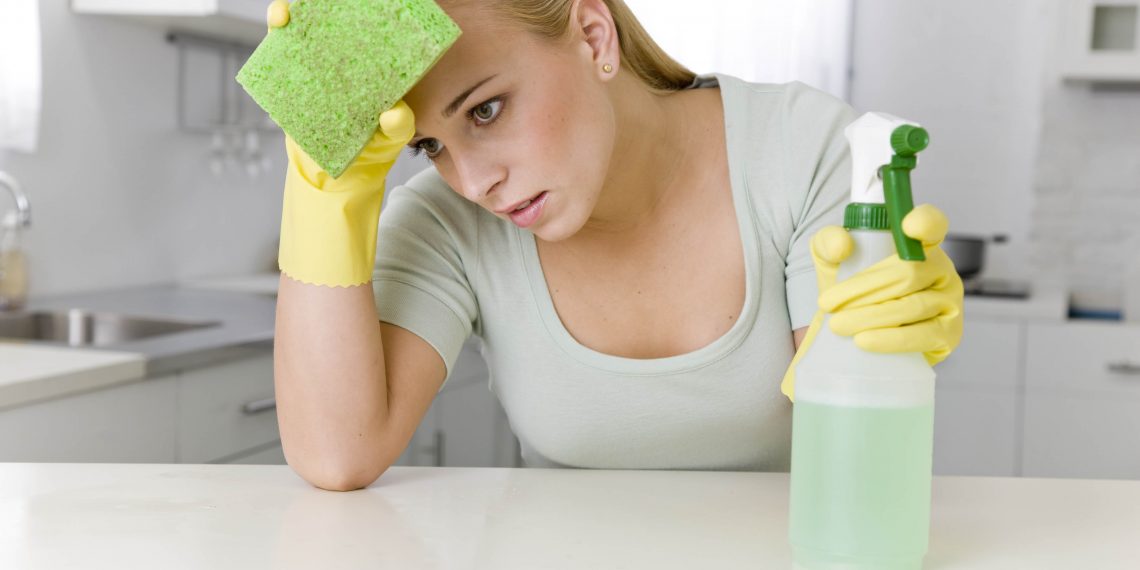Winter is the time of holidays when many people all over the world celebrate big events that most of the time include presents. No matter if you’re looking to surprise your loved ones, your buddies or yourself with a nice gift, it’s important to stay true to your green lifestyle. Luckily, it’s possible to shop without ruining our beautiful planet or causing harm to animals, plants and other humans. If you find eco-friendly products—true eco-friendly ones and not green-washed goods—you can have a merry little green Christmas.
Read the label
The label is the best place to start when choosing what green products to buy. No matter if you’re buying food, hygiene products, makeup or decoration, make sure to look at the ingredient list. The label will contain all chemicals that will get into or onto your body, be spread around your house or end up in water or soil. When buying food or skincare, a shorter list of ingredients is usually better, but specific ingredients are also important. For instance, try to avoid palm oil and parabens.
Examine the packaging
Packaging is important not just for marketing, but also for the environment. To be eco-friendly, it’s best to choose organic packaging like glass, metal and paper, since these are easier to recycle, reuse or biodegrade. When you have the choice, you can also look for less packaging and choose products that are unbagged. One of the main red flags is packaging that’s labeled as “fully-recyclable” yet doesn’t contain any recycled materials—this is a huge double standard and a classic case of throwing the responsibility on someone else.
Focus on specifics
Another great place to check whether a product is organic and eco-friendly is to check the company’s claims. You can find these on their website, in ads and on the packaging or labels. It’s easy to say that a product is “green” and “natural” but that’s too broad. Instead, look for specific claims like “made from 100% recycled materials” or “made without artificial colors and fragrances”. For instance, when buying a beautiful cowhide handbag for yourself or your loved one, check the website and see whether claim their leather and hides are by-products from the meat and dairy industry. This means that this manufacturer is reducing waste and properly respecting animals by using all of their parts.
Check the certifications
It’s easy to find packaging that’s full of logos of organizations that give out certifications and verify that a product or brand is healthy, organic or eco-friendly. However, you have to take these with a grain of salt. It’s important to read certifications carefully or even contact Consumer Report’s Greener Choices and learn about different terms like non-GMO, organic, fair-trade, etc. Also, some organizations are more respectable and reputable than others so if you notice a product is approved by Fairtrade International, Rainforest Alliance, Leaping Bunny or GOTS, you can safely invest and be sure you did the right thing.
Look for locations of Eco-Friendly Products
Where the item was produced and where you get it also matters. For instance, to reduce pollution and energy waste, it’s always better to buy domestic instead of overseas products. It’s also better to buy products that come from independent and family-owned businesses instead of corporations. These local spots can be accessed on foot, have a much shorter supply chain and come from smaller farms and suppliers.
Know how to avoid greenwashing
Since green products are so sought after today, many companies are trying to trick consumers into thinking that their products are eco-friendly and socially and environmentally responsible. How do they manage to trick us? With green and earth-toned packaging and labels with animals, trees and scenery. Any business that advertises its sustainability with nothing but vague words and images doesn’t deserve your money. These tactics known as greenwashing have to be overlooked and you need to do real research to find truly responsible brands that care and actually give back to the environment.
We all need to do shopping often to get necessary things like groceries and clothing. But many purchases we do and many gifts we give out are completely unnecessary. When choosing your gifts this year, consider the aforementioned green aspects of it, but also invest in products you know will be used and appreciated for years instead of ending up on some dump in a few months. If you do all your homework and consideration, you can start calling yourself a responsible green buyer.


